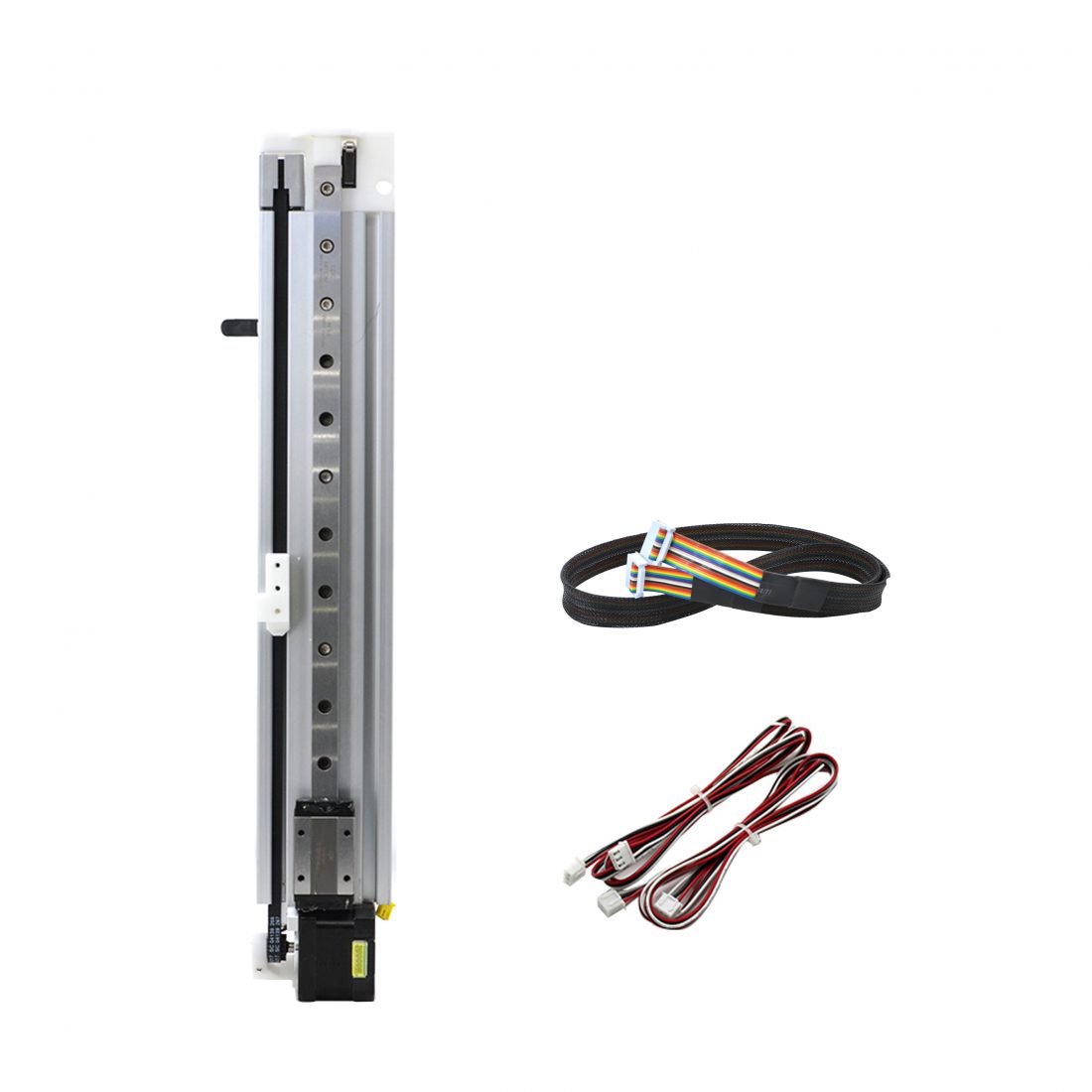

#Cetus3d z banding how to#
How to Fix Z Banding Fixing Z WobbleĪs Z wobble is the primary cause of Z-banding, the first step is to correct this issue. Given that Z-banding is difficult to fix, we think it is always good to exclude it as a potential cause. Some people argue that this is a myth and that incorrect layer heights do not cause any noticeable effects on print quality. That is some debate on whether this is actually a cause of Z-banding. Basically, if your layer height does not match this magic number, you can face Z-banding in your prints. We will learn more about these further below. The correct layer heights are different for each 3D printer and are known as the Magic number in 3D printing terminology. Setting this incorrectly can ruin this arrangement, causing inconsistent layers in your 3D prints. If you want to have even layers, the steps of your stepper motors should be an integer multiple of the lead screw pitch. The motion of your stepper motor corresponds to the pitch of the lead screw. The Z-axis threaded rod and the stepper motor work together to achieve the vertical movement of your X-axis carriage. The good news is that there are even more ways to fix it. As you can see, many factors can cause Z-wobble and banding. Firmware/Slicer IssuesĪside from Z-banding caused by hardware issues, there are also some slicer and firmware-level settings that can lead to the banding effect. A good quality all-metal hot end can also reduce the risk of clogging and improve overall results. While you don’t need to have the best 3D printer extruder to prevent this, it helps to have a quality extruder that can push filament consistently. This can cause under extrusion or inconsistent filament flow, both of which are causes of Z-banding. If the extruder is of poor quality, it will not be able to grip the filament properly. The resemblance of the issue due to the inconsistent extrusion would be like that of the Z-banding effect.Īnother cause of Z-banding could be the 3D printer extruder. The mismatch of these two layers in your parts will lead to a ribbed surface. The 3D printer will print some layers perfectly, while others might suffer under extrusion. A partially clogged nozzle will disturb the filament flow and lead to an uneven flow of molten material from your hot end. Z-banding patterns can also be caused due to inconsistent extrusion of your 3D printing filament. The result will be a failed print that is ruined due to a loose Z-axis threaded rod.

This will lead to imperfect print heights, causing ridges in your prints. A loose lead screw will not rotate as desired and can also produce Z-wobble.Ī loose lead screw might even move along with the X-axis arm during the vertical movement. You must tighten the lead screw to it correctly during the assembly process. The Z-axis lead screw is fixed to the stepper motor with the help of a flexible coupling. You can see the direct effect of a misaligned Z-axis on your prints in the form of ridges and bulges. This can disturb the vertical movement of the print head. It is possible to misalign the Z-axis coupling or threaded rod bracket on the 3D printer’s frame during assembly. For example, the Z-axis threaded rod needs to be perfectly parallel to the vertical extrusion frame elements. During the assembly, it is crucial to put together all the parts of the 3D printer correctly. On many budget 3D printers, you’ll need to assemble the 3D printer from scratch. With a dual Z-axis setup, things are more stable with less risk of a crooked lead screw over time.Ī quick way to test whether a lead screw is bent is to lay it on a flat surface and check whether it can roll smoothly. This is mostly an issue on 3D printers with a single Z-axis stepper motor and lead screw. If too much force is applied to the lead screw, for example, through user error, the lead screw can bend, causing Z-banding issues in your prints. The lead screw typically supports the X-axis along with the extruder and print head arrangements. Poor quality control or incorrect shipping packaging are some causes of lead screws bending.Īnother factor that can bend your lead screw is overloading it. But, it is possible that you received a faulty, bent Z-axis rod from the factory itself. Lead screws are stiff components, and they do not bend easily. Let’s look at the fundamental issues that can lead to Z-wobble in your 3D printers. It is often the primary cause of the Z-banding lines on your parts’ side surfaces. Z-wobble is used to denote the wobbling of your Z-axis lead screw. Image: carrotmadman6 via Wikimedia, CC BY 2.0


 0 kommentar(er)
0 kommentar(er)
